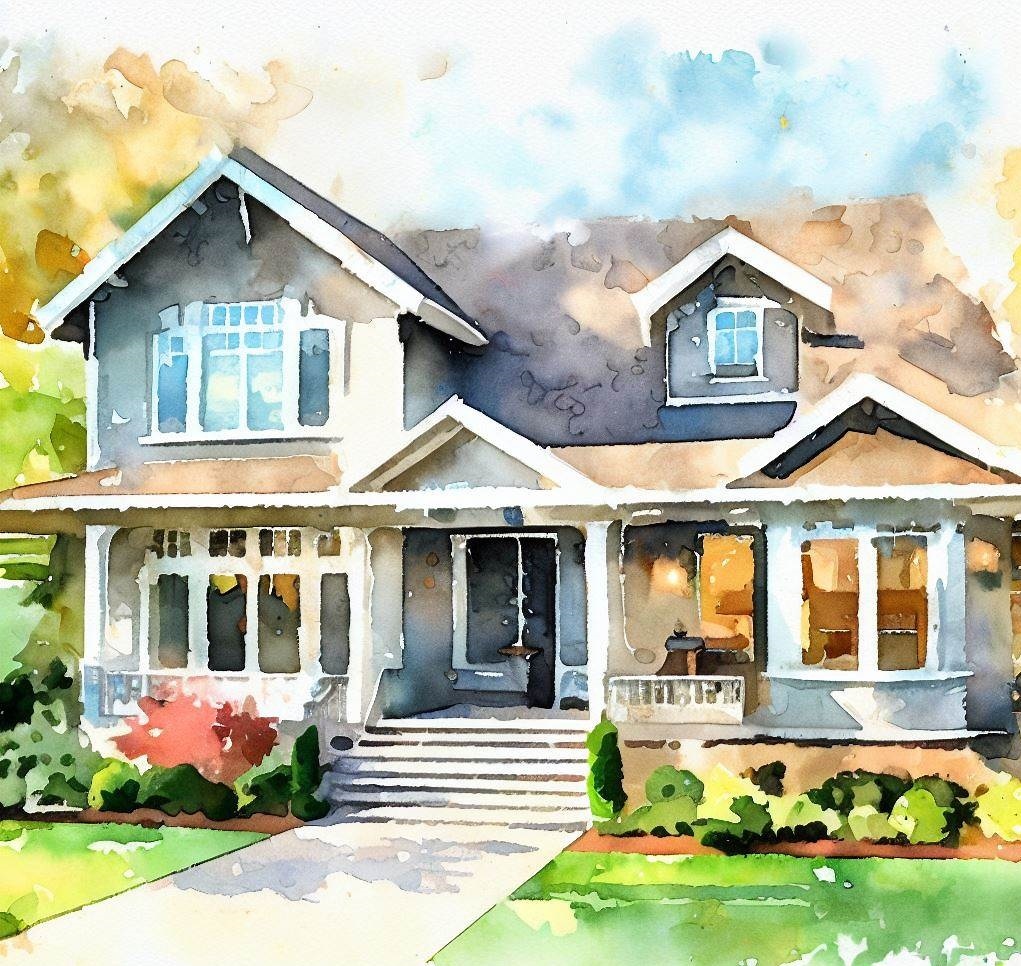Pricing a house correctly is crucial for selling it quickly and profitably. Here is an overview of how to set the right listing price for your house:
Start With Your Zestimate
Zillow’s Zestimate is an estimated market value for your home that’s based on millions of data points and user-submitted information. It can be a useful starting point for your pricing research, but it’s neither a definitive appraisal nor a guarantee of what your home will sell for. But don’t rely on it as it can be off by as much as 40% and more.
Review Comparables of Recently Sold Homes
Comparables, or comps, are similar homes that have sold recently in your area. They can help you determine the fair market value of your home and help you avoid overpricing or underpricing it. You can use online tools, such as Zillow or Trulia, to find comps, or you can request a comparative market analysis (CMA) from a real estate agent. A CMA is a report that compares your home with other homes based on factors such as location, size, type, features, age, and condition.
Learn From Other Sellers’ Mistakes
Look at expired listings, withdrawn listings, and price reductions in your area to see how other sellers have priced their homes and how the market has responded. This can help you avoid common pricing pitfalls, such as pricing too high and losing buyer interest, or pricing too low and leaving money on the table.
Don’t Let Your Asking Price Lump You In with the Competition
You may want to consider price banding, which is the practice of finding a less crowded price point in your market. For example, if most homes in your neighborhood are priced between $300K and $310K, and the next set of homes start at $320K and up, you may want to price your home at $315K to stand out from the crowd and to attract more buyers.
Avoid Obscure and Century Pricing
You may also want to avoid pricing your home with odd numbers or round numbers, such as $299,999 or $300,000. These types of prices can make your home seem outdated or unprofessional. Instead, you may want to use more precise numbers, such as $299,900 or $302,500. These types of prices can make your home seem more credible and appealing.
Price for Online Search Ranges
Another factor to consider when pricing your home is how buyers search for homes online. Most online platforms allow buyers to filter their search by price range, such as $250K-$300K or $300K-$350K. You may want to price your home within a popular price range to maximize your exposure and reach more potential buyers.
Put Yourself in the Buyer’s Shoes
Finally, think about how buyers will perceive your home and its value. You may want to visit some open houses or view some online listings of comparable homes to see how they are priced and presented. You may also want to get feedback from friends, family members, or professionals who can give you an honest opinion about your home’s strengths and weaknesses. By putting yourself in the buyer’s shoes, you can price your home more realistically and competitively.
Conclusion
As you can see, pricing a house correctly involves a lot of research, analysis, and strategy. You may want to consult with a professional real estate agent who can help you with the process and advise you on the best pricing method for your situation.

